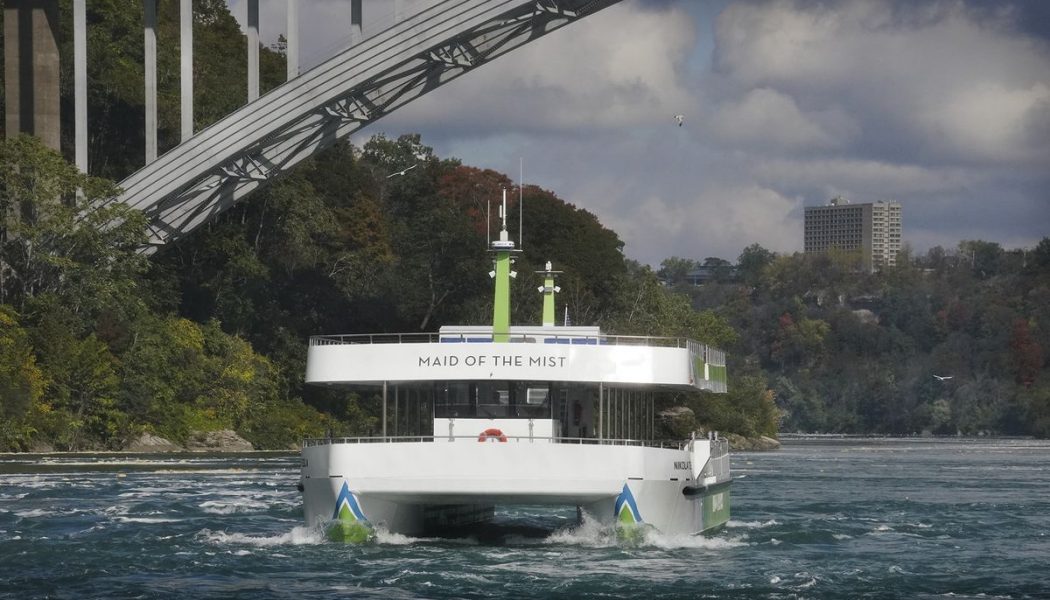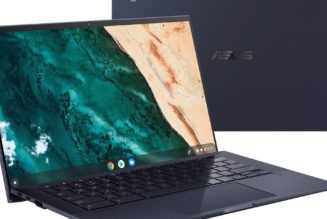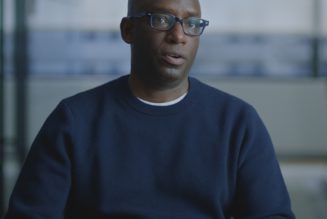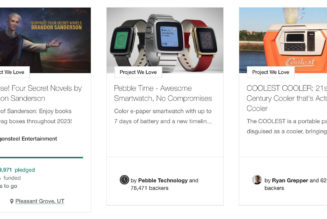Tourists to Niagara Falls can now ride all-electric ferries past the iconic waterfalls. The two ferries made their debut in New York on October 6th, fueled by locally generated hydropower. Their batteries can recharge in just seven minutes as passengers climb on and off the vessels.
The new boats, operated by Maid of the Mist, are among the first vessels of their kind to navigate US waterways. The first all-electric passenger and car ferry in the US pushed off from the banks of the Alabama River in 2019. These new, non-polluting voyages are part of a global trend toward electrifying passenger vessels.
“The electrification of these two brand-new tour boats sets the example that we can electrify our economy which is good for our communities, our health, and our climate,” Gil Quiniones, president and CEO at the New York Power Authority, said in a statement. The New York Power Authority and New York State Parks worked with Maid of the Mist to get the boats afloat, while automation company ABB fitted the vessels with battery packs.
:no_upscale()/cdn.vox-cdn.com/uploads/chorus_asset/file/21946979/50423974483_0100dc88a6_o.jpg)
Maritime industries, which have a similar carbon footprint as aviation, are trying to rein in planet-heating emissions from traditionally diesel-powered fleets. Ferries, though, make up just a small slice of carbon dioxide pollution from transportation. They pumped out roughly 11.6 million tons of greenhouse gases in 2018, about as much as three coal-fired power plants might produce in a year and not even a third of the annual carbon footprint of a large airline like Delta (prior to the pandemic).
But the diesel-powered boats can be bad for local air quality because they also let out soot and nitrogen oxides that boost smog. Since ferries travel along the same routes over and over again each day, the pollution builds up in nearby communities.
Those frequent, relatively short trips make ferries ideal candidates for replacing diesel engines with rechargeable batteries. Nordic countries with long seafaring traditions have led the trend. The first electric car and passenger ferry service in the world began in Norway in 2015. Finland retrofitted its oldest operating ferry to become all-electric in 2017. Since then, electric passenger vessels have also popped up in Denmark, Spain, India, and Thailand. More than 70 percent of ferry traffic globally could become all-electric, Anil Srivastava, CEO of the Swiss battery maker Leclanche SA, told Bloomberg Green in January.
“We’ve still got some time before we’re going to see an electric boat revolution in the United States, but it’s happening in the rest of the world,” says Patrick Finn, a maritime technology analyst at the consultancy Thetius. The US is playing catch-up because boats are more expensive to build in the United States than anywhere else in the world, according to Finn. Why the high price tag? He points to the controversial Jones Act, a century-old law that mandates that boats moving goods between two US ports be American made. It would take significant policy changes and investments to fuel a faster shift to electric vessels.
There would also need to be major updates to infrastructure to fully electrify ferry fleets. The aging grid, designed for fossil fuels, needs a makeover to accommodate more renewables. And you’d need charging stations and enough electricity on hand in busy ports. The Niagara boat tours are lucky enough to cruise past a powerful source of clean energy during each trip — the falls create enough power for 3.8 million homes. “That’s basically the perfect application [of all-electric vessels],” says John Nuszkowski, an associate professor of mechanical engineering at the University of North Florida who grew up not far from Niagara Falls.
Battery technology isn’t quite far enough along yet to replace diesel engines in cargo ships and larger, ocean-faring vessels. Hybrid boats or those that run on alternative fuels are still more promising when it comes to cutting down pollution at sea. There’s a long way to go before electric boats take over the seas. But ferries are starting to steer the world toward a greener horizon.










